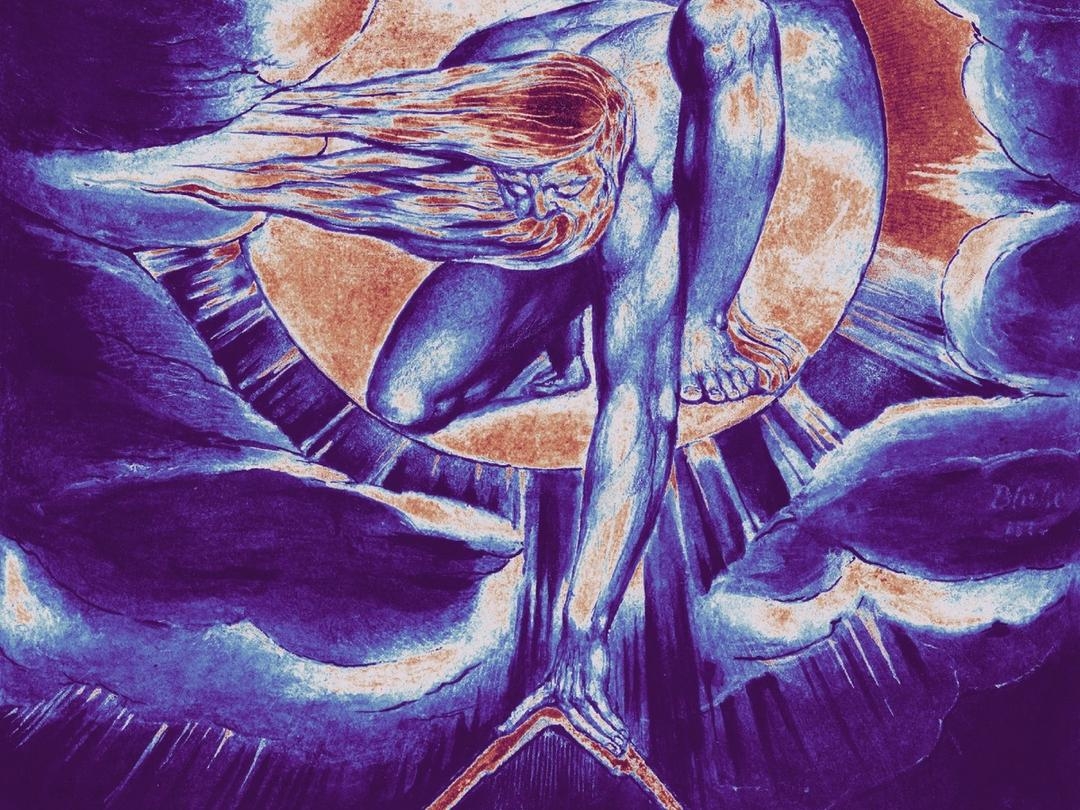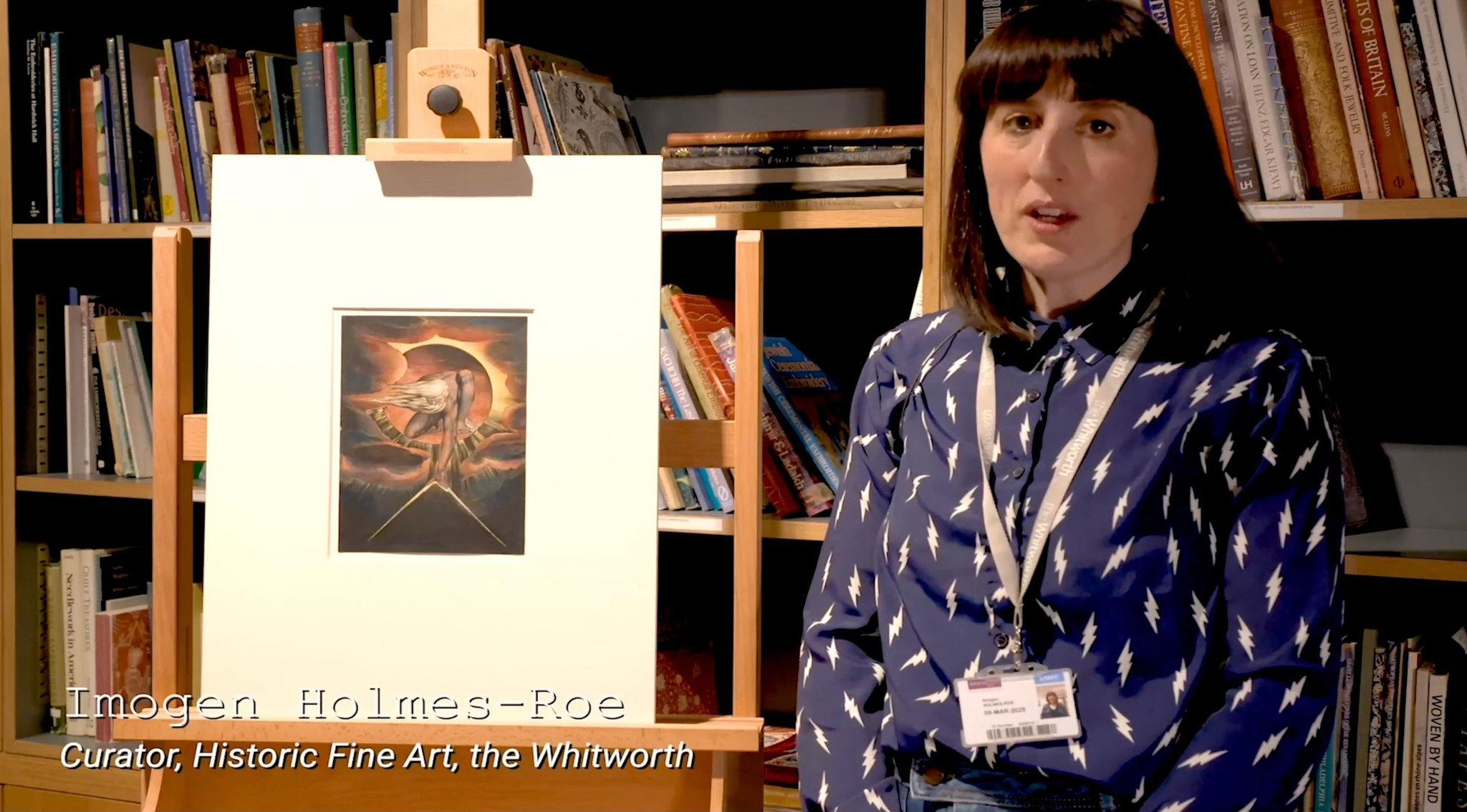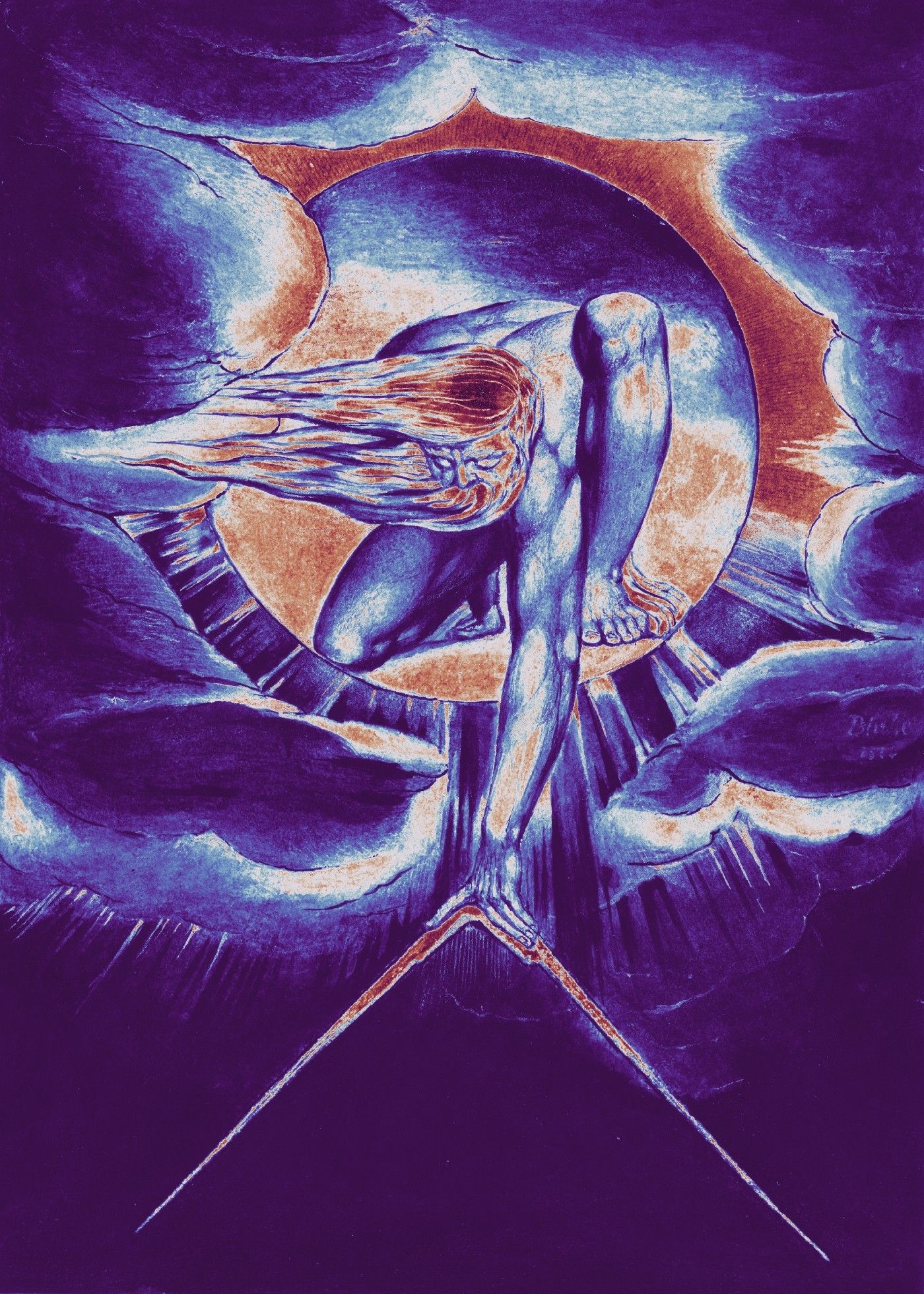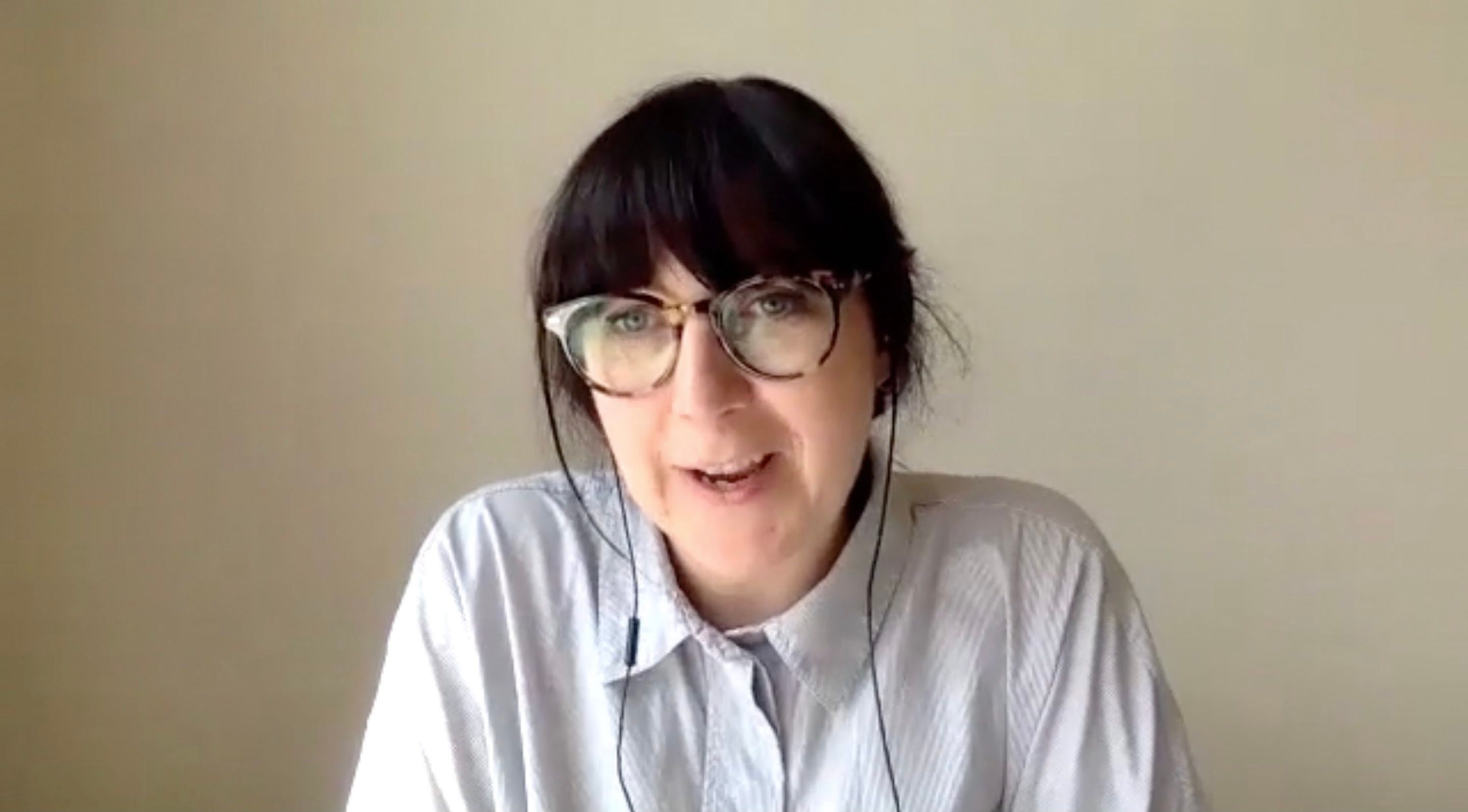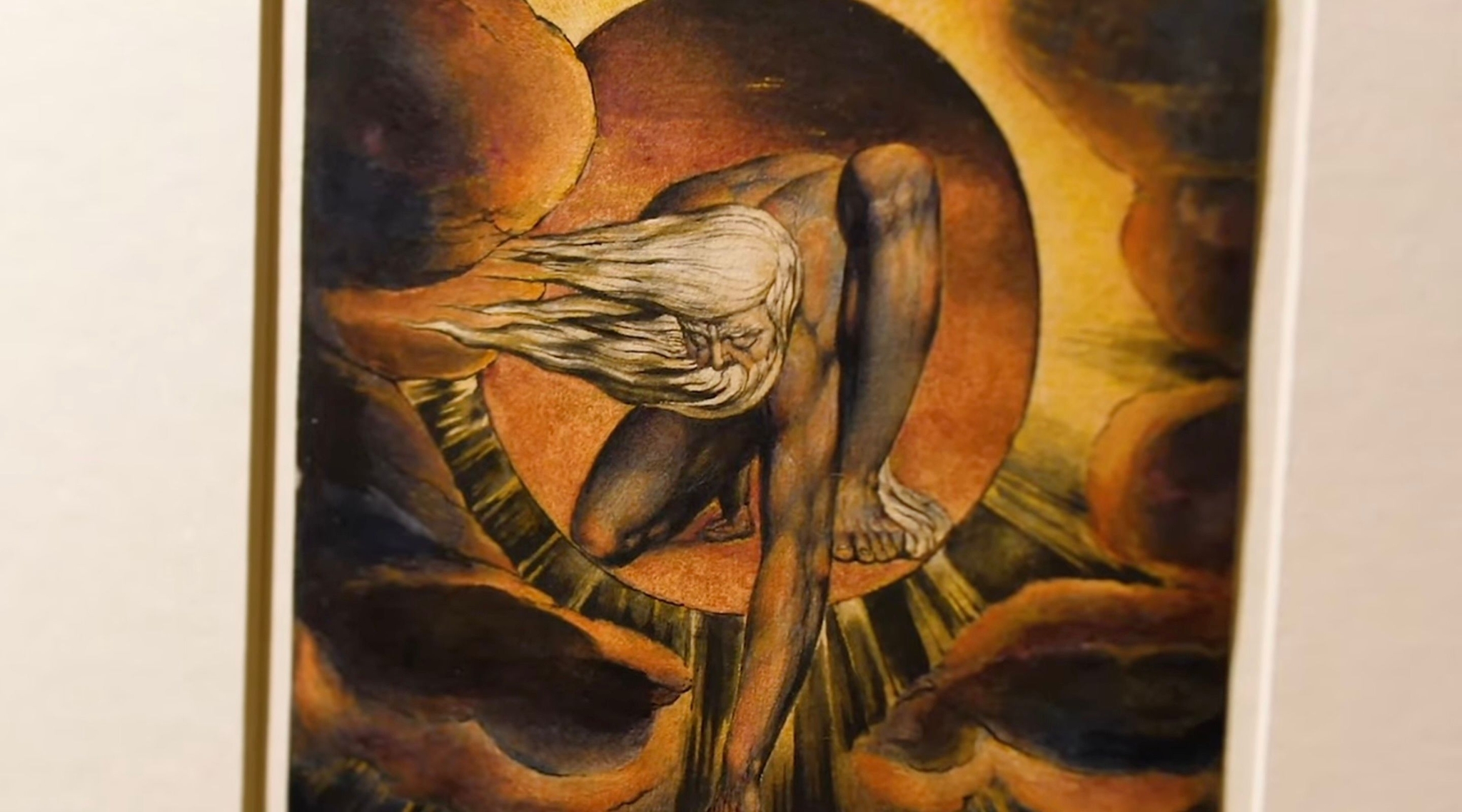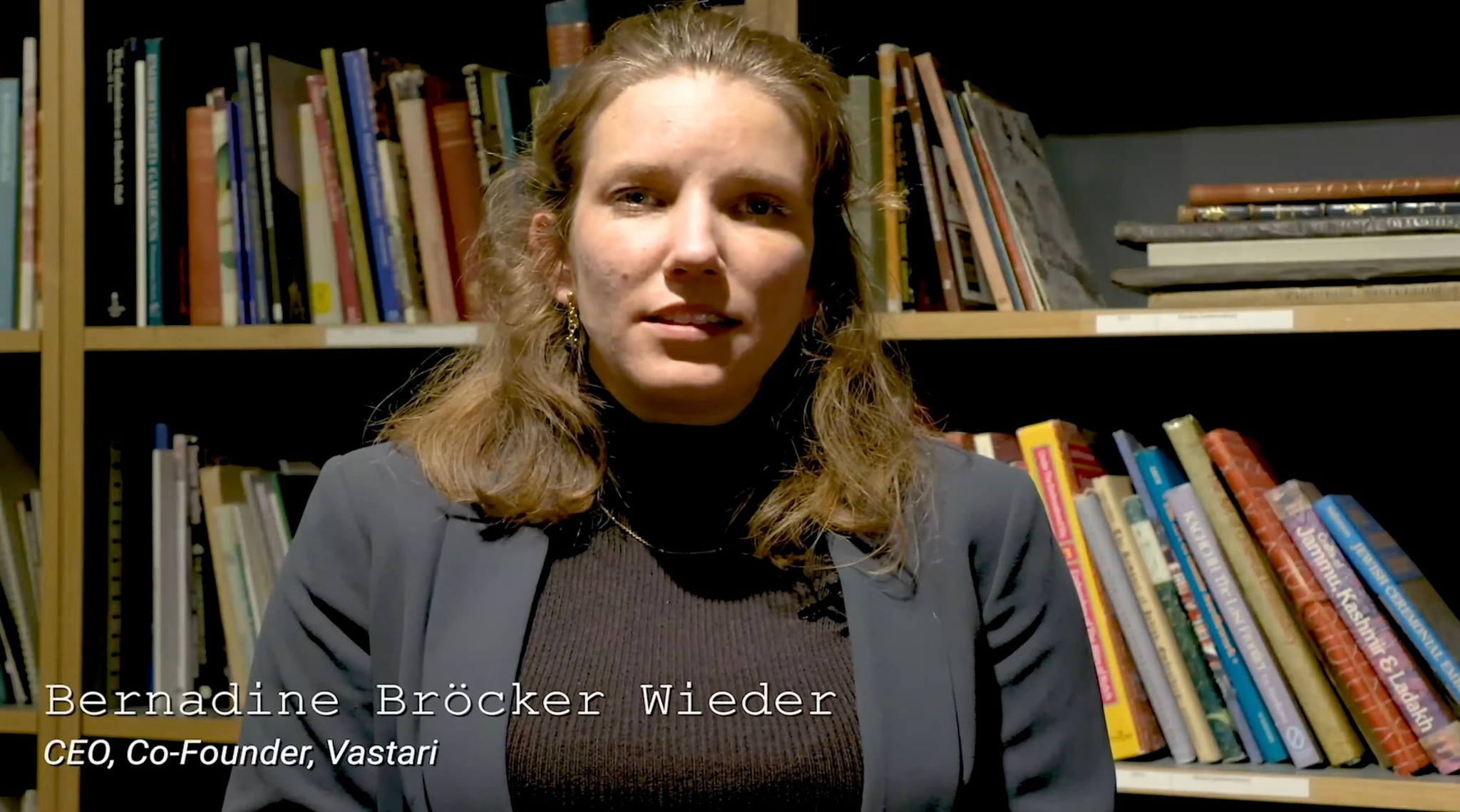Earlier last week, a webinar delivered by Vastari Connects and the Whitworth Gallery announced the Whitworth to be the UK’s first museum to mint (and make publicly collectible) a collection artwork as an NFT — ‘The Ancient of Days’ (1827), by William Blake.
Along with details of its price, editions and the chosen platform, independent curator, collector and host Jason Bailey was invited to talk with guest speakers Bernadine Bröcker-Wieder (Vastari CEO), Poppy Bowers (Exhibitions Curator, Whitworth) and Alistair Hudson (Whitworth Director), to discuss what they aimed to achieve with this artwork on the blockchain.
‘The Ancient of Days’ NFT will be publicly available from 12pm BST, Wednesday 28th July on the Hicetnunc platform. It comes in 50 editions, priced at 999 tez (roughly £2000 each), including 20% creator royalties written into the NFT’s smart contract. Following the auction, the project surrounding The Ancient of Days NFT will be realised as a major exhibition at the Whitworth Gallery in 2023.
William Blake’s minted artwork also forms part of the gallery’s ‘Economics of the Blockbuster’, which aims to track the sales activity of the NFT and its editions to measure impact for future blockchain operations within museums and collections.
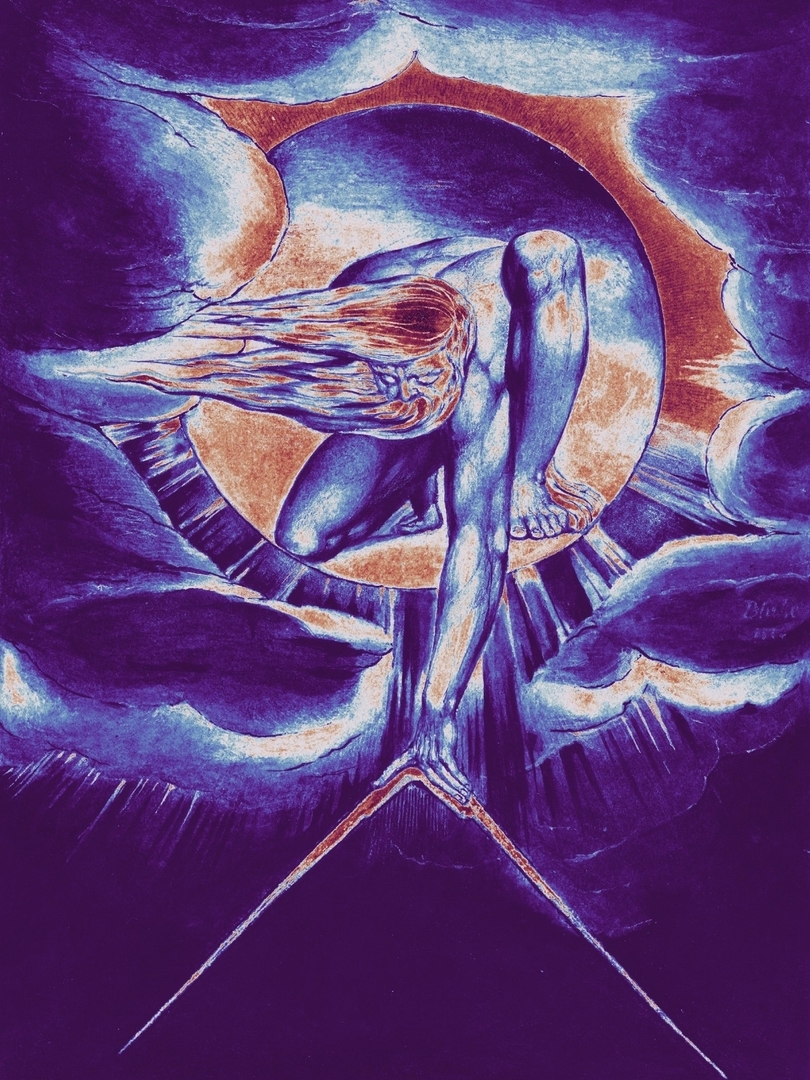
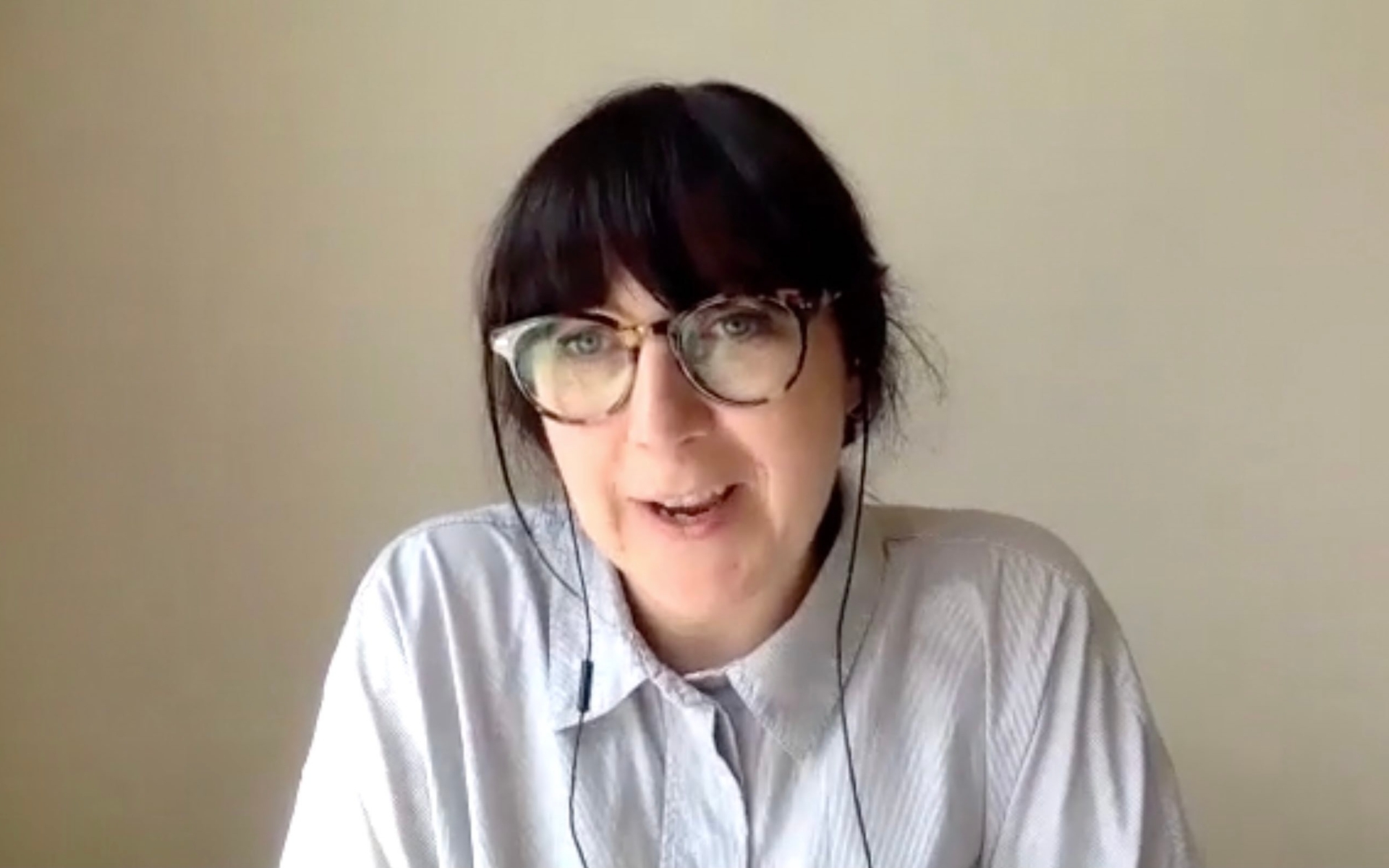
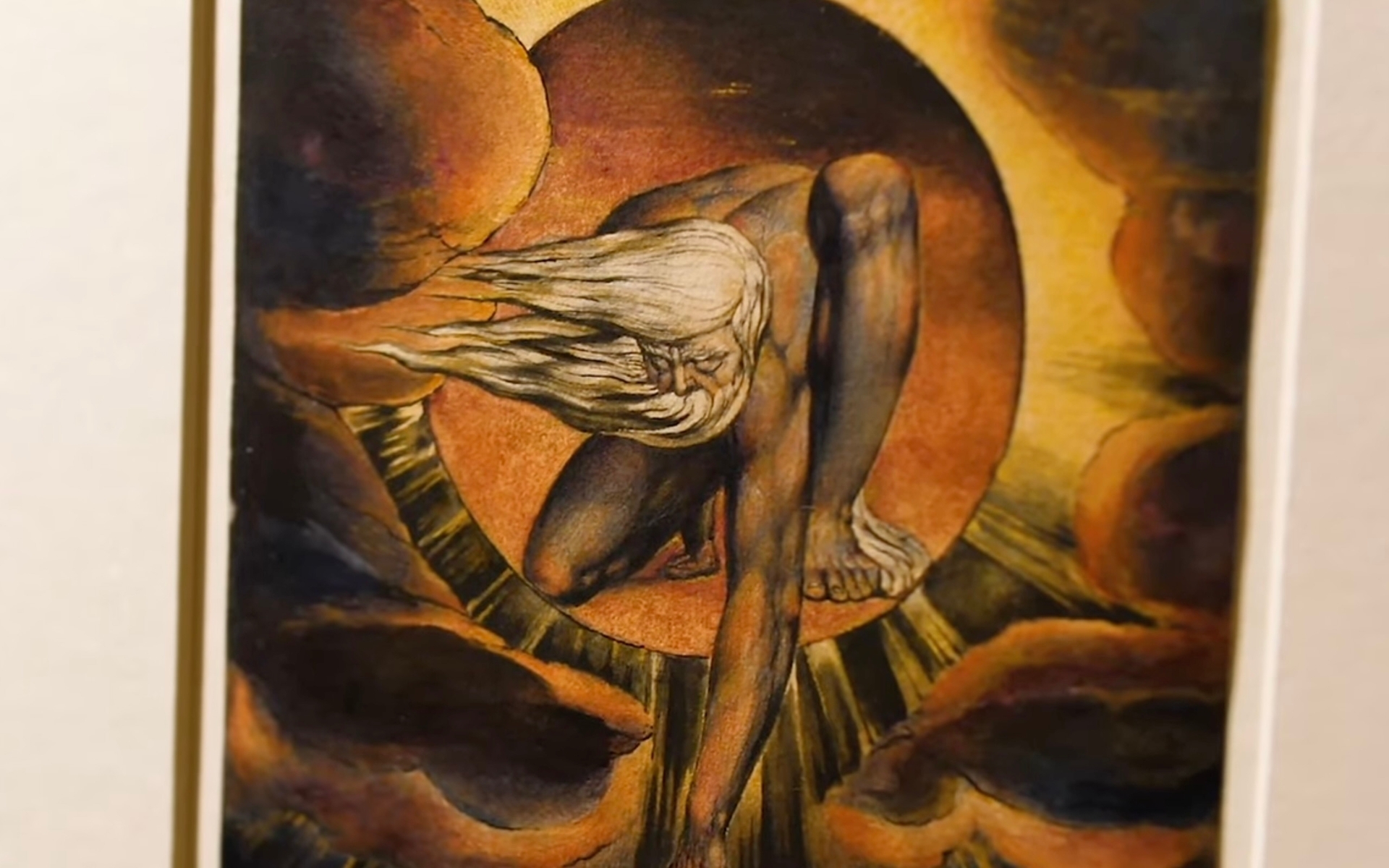
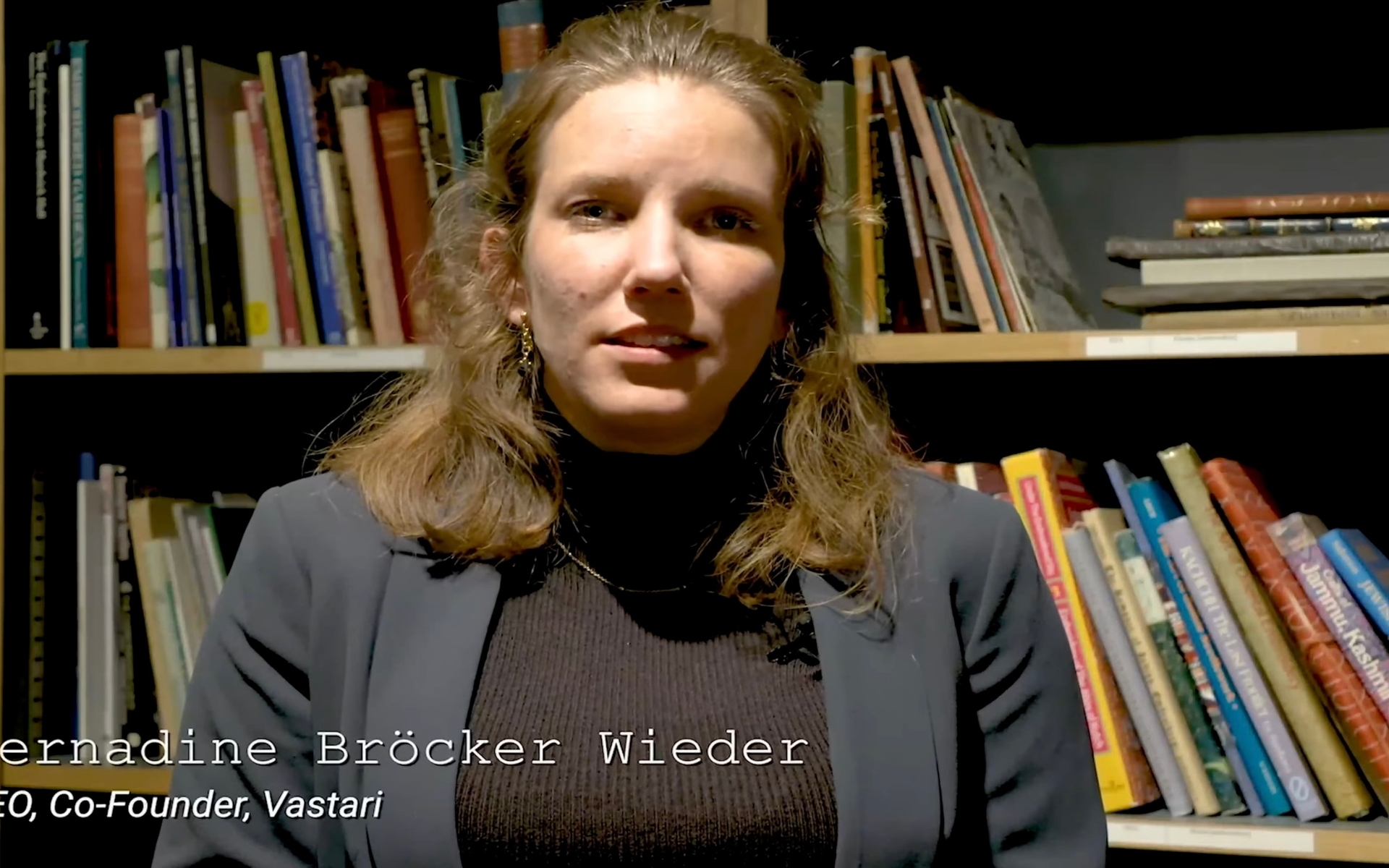
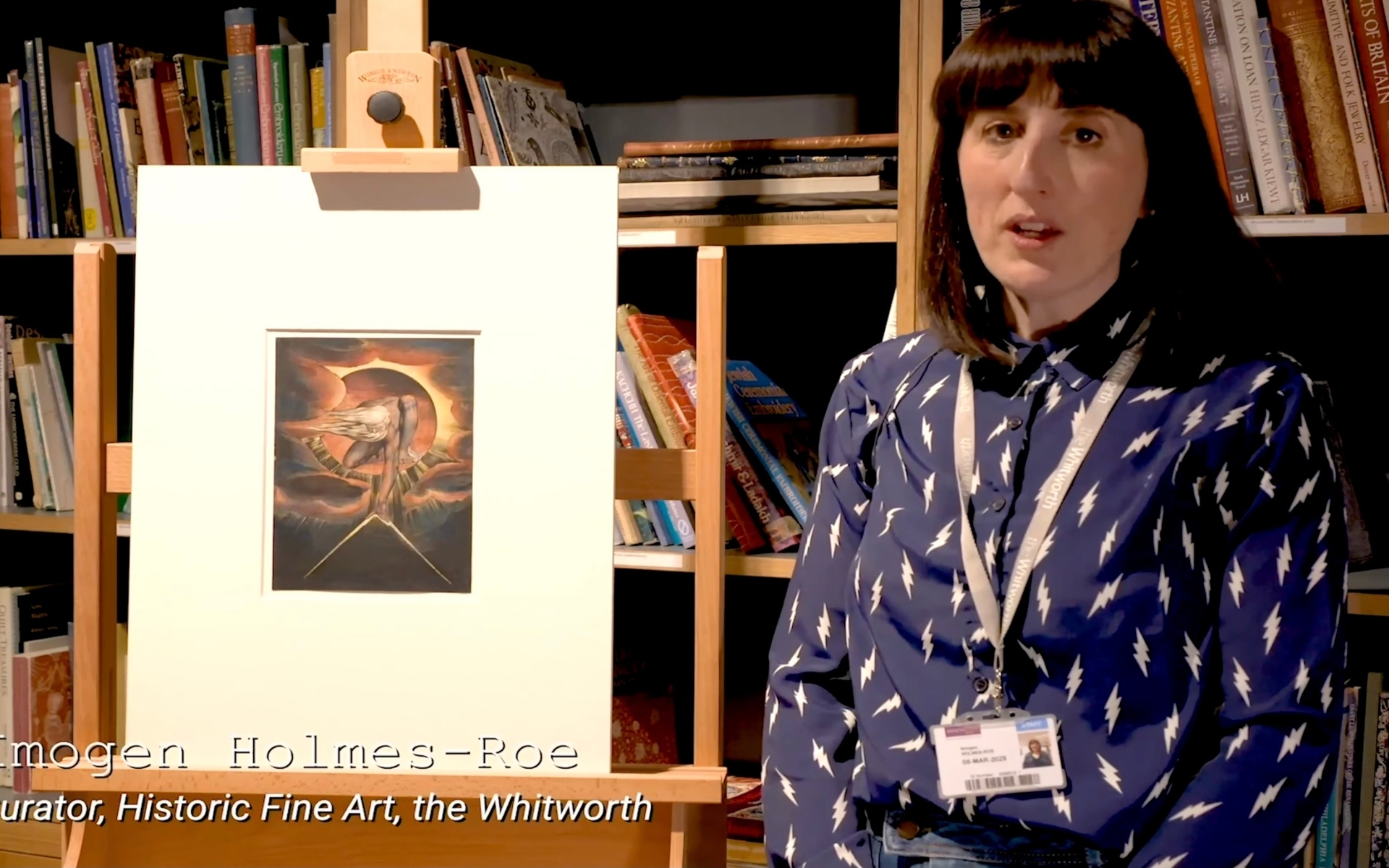





‘The Ancient of Days’ was first created in 1794, and has since been reproduced in multiple versions and impressions in both public and private collections. The Whitworth Gallery’s copy of the artwork was finished in 1827, shortly before Blake’s death, and is believed to have been hand-coloured on his deathbed.
The Whitworth is the first UK museum to make its collection publicly available on the Tezos blockchain. Research and exhibition development is the incentive to the minting of ‘The Ancient of Days’, with Whitworth curator Poppy Bowers suggesting that allowing William Blake’s artwork to be collected in Tezos can ‘reclaim economics as a social, as well as a financial, set of relations’ in exhibitions.
This article examines the significance of William Blake’s artwork as an NFT, shedding light to both newcomers and crypto-veterans alike on the partnership between Vastari and the Whitworth Gallery. I have been fortunate enough to discuss the project in further detail with Exhibitions Curator Poppy Bowers, to help understand the scope and reasoning behind what has forged this unique project into what it is today.
Recap — Non Fungible-Tokens, Platforms, Blockchains and Tezos
Upon listening to the Vastari Labs and Whitworth Gallery’s webinar, it was clear that — like with many other crypto-related discussions — demystification of blockchain terminology was vital in understanding the NFT and how it is being curated. Jason Bailey — often regarded as the ‘godfather of NFTs’ — politely requested that audiences ‘keep an open mind’ to cryptoart, acknowledging that confusion of industry-related terms may breed scepticism. In support of Jason’s request, below are some commonly asked questions and answers:
What is an NFT?
An NFT (a ‘Non Fungible-Token’) is a unique identifier to a digital asset that lists a variety of details on the blockchain, such as its quantity, successive owners, previous transactions and timestamps. An NFT points to the digital asset attached to it and is saved in a decentralised storage system known as IPFS.
What is IPFS?
IPFS (‘Inter-Planetary File Storage’) is a storage system by which files are stored in a decentralised format. When an NFT is created for the first time, its transaction details are separated and saved on multiple servers across the world simultanteously. This process of IPFS allows the NFT to exist on what is known as the Permaweb, where no one entity can take it down.
What is the blockchain?
The blockchain is a decentralised ledger which contains information about account transactions and stores them in a series of cryptographic blocks. Transactions are recorded as ‘hash’ (an algorithm that acertains details with a timestamp), with each block containing information about its former to create a chain. This chain is held across mutliple computers around the world in a P2P (‘Peer-to-Peer) network, making access to account details contained within blocks near impossible to intercept, exploit or hack.
How do NFTs function on the blockchain, where can I see them?
NFTs can be used for many things, and several use cases have already been established. The most popular use case is in collectible art, with series such as CryptoPunks, NBA Tops Shots and CryptoKitties highlighting scarcity as a valuable asset. Other cases include using NFTs as tokens and receipts (such as Gitcoin Grants’ POAP — ‘Proof of Authentification Protocol’- and ETHLocal Citadel Stamps), that take advantage of the blockchain’s identification standards to tokenise products or document attendance of physical events.
Aren’t blockchains detrimental to the environment?
Not all blockchains are detrimental from an ecological perspective, however this depends on the blockchain used and its respective protocols. For example, the Tezos blockchain (used in minting ‘The Ancient of Days’) works using the PoS protocol (‘Proof of Stake’) instead of PoW (‘Proof of Work’ — found on Ethereum), and batches transactions for validation instead of isolating them. PoW validates transactions based on computing power, whereas PoS only validates transactions through randomly allocated validators staking cryptocurrency within in the P2P network. PoS uses significantly less gas than PoW, and is currently the most ecologically friendly solution using this technology.
What else can the blockchain do?
The blockchain can also be used to allocate governance and facilitate decision-making within digital organisations, known as DAOs (‘Decentralised Autonomous Organisations’). DAOs allow groups to structure and govern their activities with governance tokens. The blockchain can also be used to trade cryptocurrencies on decentralised exchanges and within Liquidity Pools and Mining Farms.
What is the Tezos blockchain?
The Tezos blockchain was created in 2018 as a decentralised, Proof of Stake ledger. Like many other blockchains, Tezos allows for P2P transactions within its protocols and is primarily used for creating smart contracts (its developers supposedly alluding ‘Tezos’ as a Latin word for ‘contract’). Tezos’ cryptocurrency can be used to trade with other crypto tokens, and is identified as $XTZ on exchanges and in wallets.
What is Hicetnunc?
Hicetnunc is a decentralised, open-source NFT platform that runs on the Tezos blockchain and accepts Tezos cryptocurrency ($XTZ) as payment. A fledgling platform by comparison to its counterparts (Rarible, Opensea, KnownOrigin, MakersPlace et al.), Hicetnunc was created to encourage free experimentation from artists that migrated from Ethereum’s network, which (at present) suffers from high gas fees and may place pressure on artists to deliver perfect works.
Interview with Poppy Bowers, Exhibitions Curator at Whitworth
I am delighted to be joined by the Whitworth gallery’s Exhibitions Curator, Poppy Bowers, who is involved in the curation of ‘The Ancient of Days’ NFT project organised by Vastari and the Whitworth. Poppy has been involved as the Exhibitions Curator of the Whitworth since 2016, upon returning from London to work in Manchester, and now leads front and back-end curatorial operations at the gallery.
This interview was a pleasure to conduct, as Poppy gives tremendous insight into the project, its partners and impacts to the gallery’s prospective NFT activities beyond ‘Economics of the Blockbuster’. Thank you very much for your time, Poppy. We all look forward to seeing ‘The Ancient of Days’ launch on Hicetnunc, noon BST this Wednesday!
Conclusion
I believe that what Vastari and the Whitworth Gallery have set out to achieve with ‘The Ancient of Days’ auction is in itself an exhibition, connecting the artwork’s history as a reproduction with the blockchain, its technology and owners of the NFT as a continuation of its life. If ‘Economics of the Blockbuster’ is to succeed, changes in operations within UK galleries and museums may follow. Institutions could begin to store entire collections on the blockchain to track provenance, facilitate and document sales, and take advantage of the Metaverse’s infrastructural conditions to display artefacts in new and productive ways. The diachronic engagement of the blockchain in auction houses present since 2018 could point to constellational praxes on the blockchain from independent curators in the future.
This is a very good position to be in. Institutional critique has always been mandatory for museums to create exhibitions that are performative, self-reflexive and engaging with their audiences. Seth Siegelaub once defined the limitations of museums — with their authority to ‘distance’ art from public audiences — as a product of ‘historicisation’ (‘killing’ art’s relevance by removing it from daily life). Vastari and the Whitworth Gallery are willing to educate, critique and fundraise auctions and exhibitions that encourage new exchanges and relationships with audiences in entirely public spaces — on the blockchain, and within their major exhibition taking place in 2023. I commend their efforts, and wish them well.
‘The Ancient of Days’ sale begins at 12pm BST, Wednesday 28th July on Hicetnunc.xyz. Editions of the artwork are available to collect for 999 Tezos (roughly £2000 — including 20% creator royalties written into the NFT’s smart contract). In case you require support to create a crypto wallet and buy Tezos cryptocurrency before the event, make sure to consult the Vastari website and its FAQ guide. Setting up should not take longer than an hour, at most.
Further Reading
Online Articles
- Arte Útil (ed.). About / Arte Útil (2020). <https://www.arte-util.org/about/colophon> [Accessed 25/07/2021]
- Byrne, John (ed.). City Lab — Art in culture, health, housing and commerce. <https://www.ljmu.ac.uk/research/centres-and-institutes/institute-of-art-and-technology/expertise/city-lab> [Accessed 25/07/2021]
- DPE (ed.). Decentralised Political Economies (2020). <https://dpe.tools/info> [Accessed 25/07/2021]
Vastari (ed.). Vastari — About. <https://www.vastari.com/about/> [Accessed 25/07/2021] - Poetry Foundation (ed.). William Blake. <https://www.poetryfoundation.org/poets/william-blake> [Accessed 25/07/2021]
- Vastari (ed.). The Ancient of Days NFT (2021). <https://whitworth.vastari.com/theancientofdaysnft> [Accessed 25/07/2021]
- Whitworth (ed.). About Us — The Whitworth. https://www.whitworth.manchester.ac.uk/visit/thenewgallery/aboutus/ [Accessed 25/07/2021]
Online Media
- Vastari (ed.). The Story Behind the Whitworth’s Ancient of Days NFT (2021). https://www.youtube.com/watch?v=a3jRqLCEGQo [Accessed 25/07/2021]
